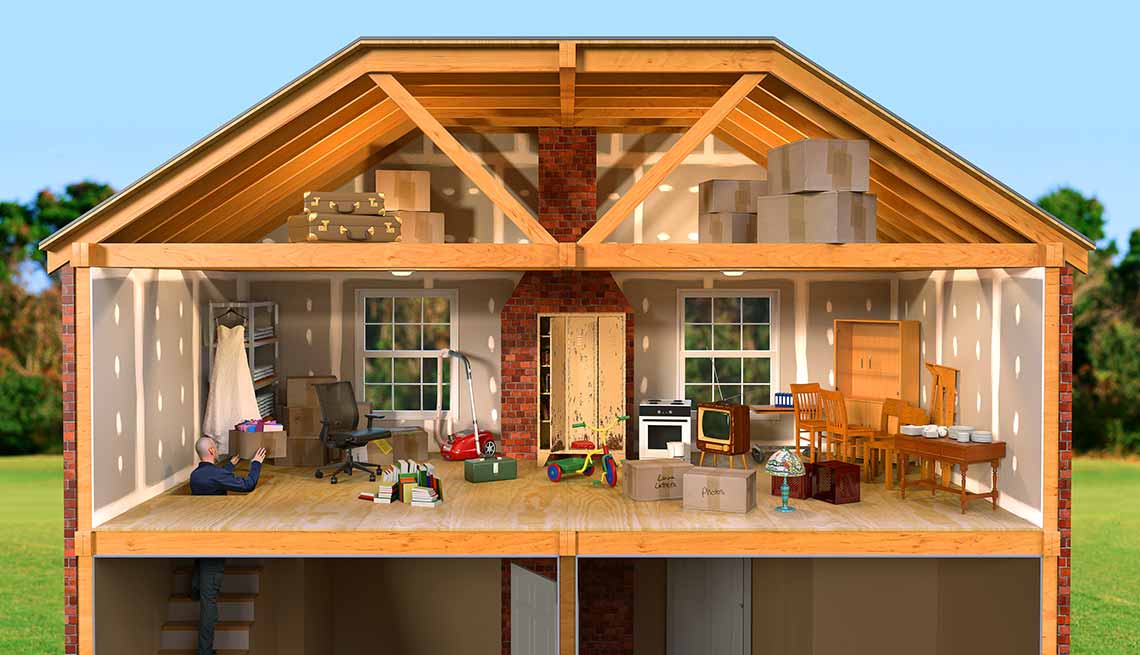
Rotational molding is a manufacturing process used to create hollow parts and products. It involves heating and rotating a mold filled with plastic or other materials until it covers the entire mold, creating a uniform, seamless hollow object. This process has become increasingly popular in recent years as it allows for the creation of large, durable products that can be customized to any specification. In this article, we’ll explore the basics of rotational molding, the advantages of the process and some of the products that can be made using it.
The rotational molding process begins by filling a mold with a powdered polymer such as PE, PP or PVC. This mold is then heated and rotated to create a uniform, even layer of plastic across the surface of the mold. The plastic is then cooled and the mold is opened to reveal the completed product. Unlike other manufacturing techniques, rotational molding is ideal for creating large parts, as the mold can range in size from a few inches to several feet in diameter.
There are several advantages to using rotational molding as a manufacturing process. Firstly, due to the process being entirely automated, it is highly efficient and significantly reduces manufacturing costs. This is particularly true for larger products as it negates the need for more complex tooling and fabrication processes. Additionally, the end products produced by rotational molding are highly durable and resistant to wear and tear. This makes them ideal for objects that will be exposed to the elements or subject to constant use.
In terms of the products that can be made using rotational molding, there is a wide range of options available. Some popular examples include, but are not limited to, furniture, vehicle components, storage containers, toys, and sporting equipment. In the automotive industry, rotational molding is often used for creating air ducts, fuel tanks and fluid reservoirs. In the furniture industry, it is used to manufacture outdoor seating, planters, and decorative elements.
When it comes to the materials used in rotational molding, the options are vast. Plastic is the most commonly used material, but metal and ceramic can also be used. However, each material has its own characteristics, such as weight, durability, and flexibility. The type of material selected will depend on the specifications of the product as well as its intended use.
Conclusion:
Rotational molding is a versatile and efficient manufacturing process that has many advantages over other methods. It allows for the creation of large, durable products that can be customized to any specification. Despite its relative simplicity, the process requires precision instrumentation to ensure the final product is of high quality. As a result, companies looking to produce custom products in large quantities should consider rotational molding as a viable production option. If you have any questions about the process or are interested in implementing it in your own manufacturing processes, be sure to reach out to a manufacturer who specializes in this technique.




